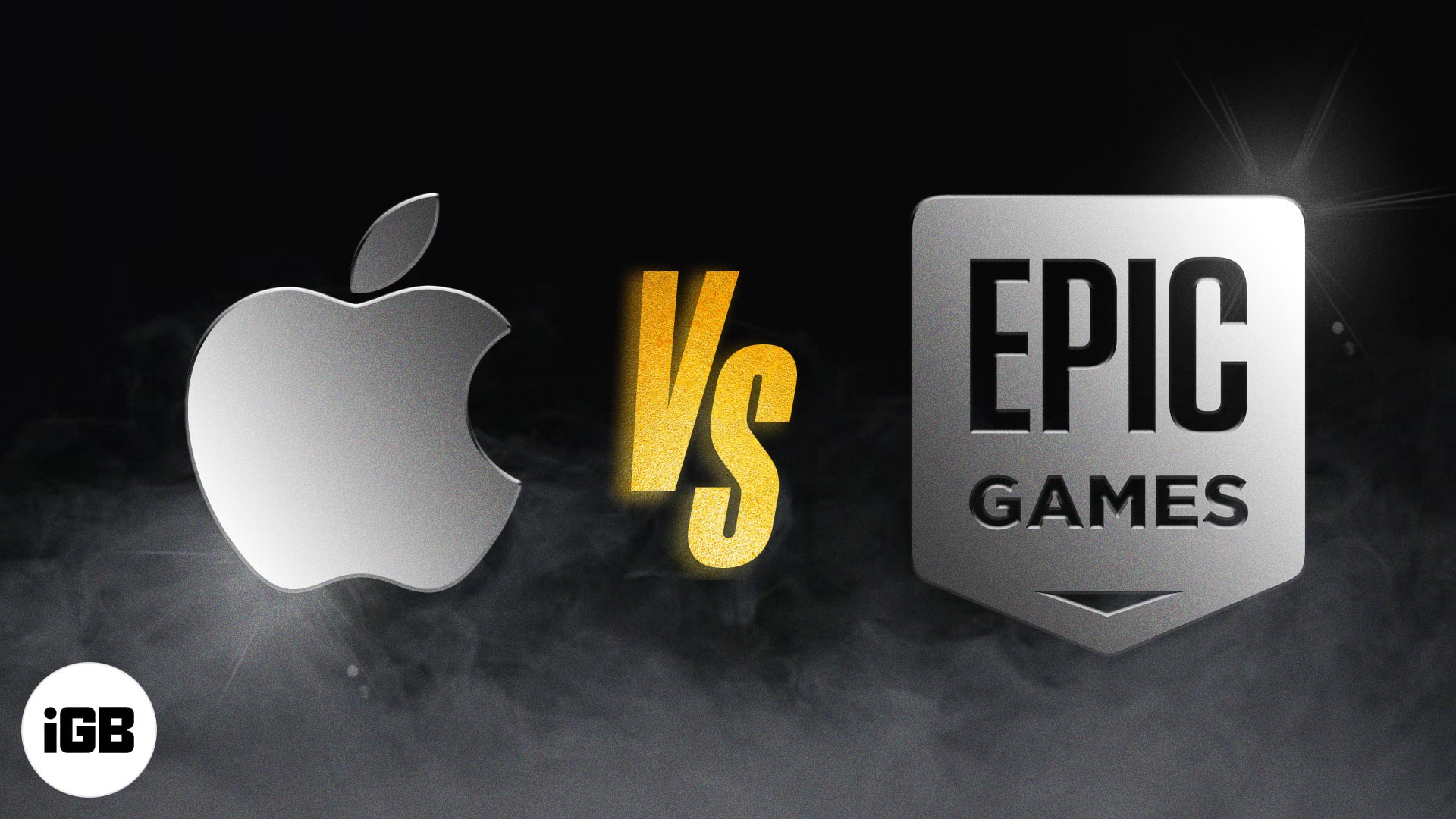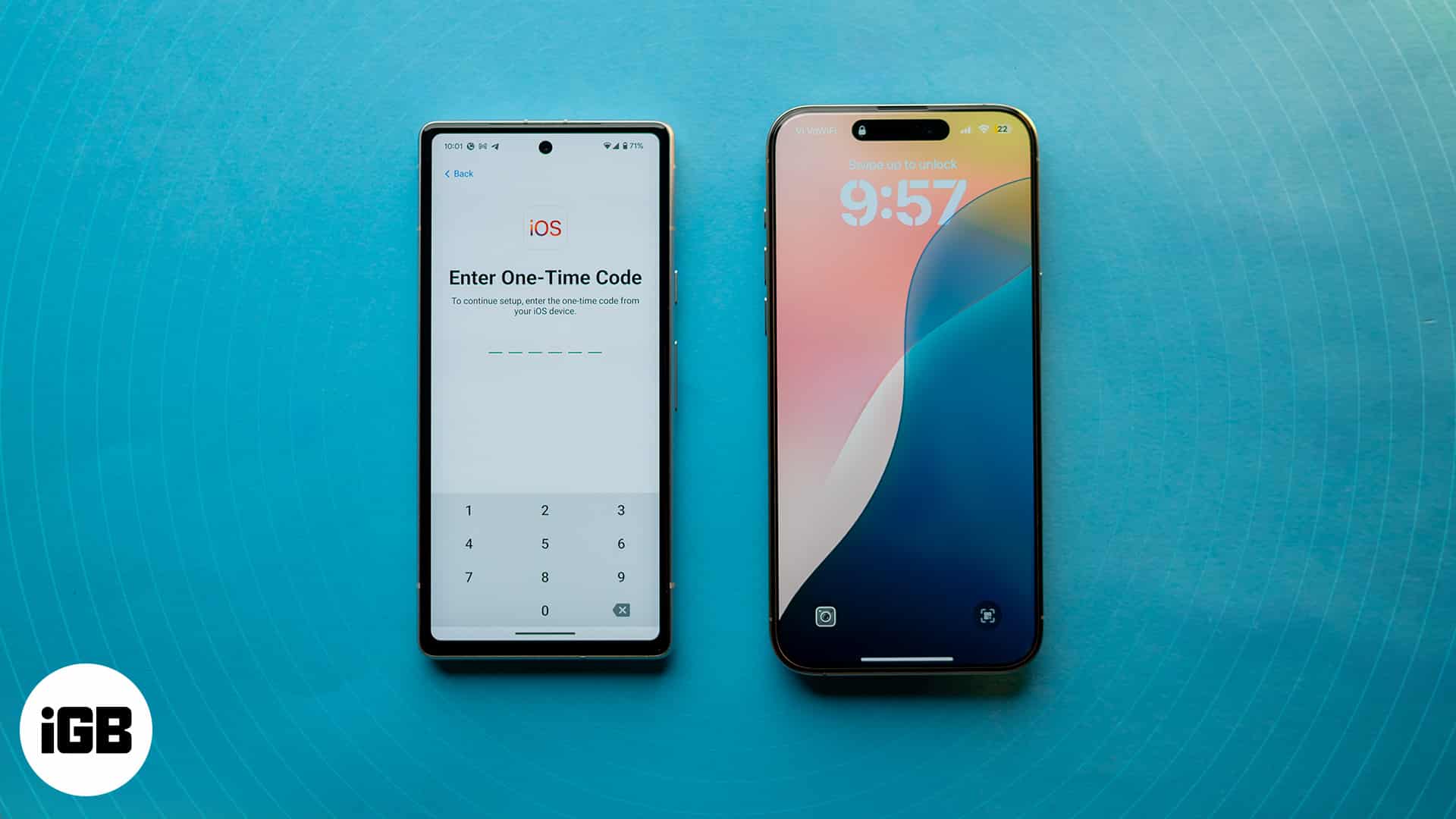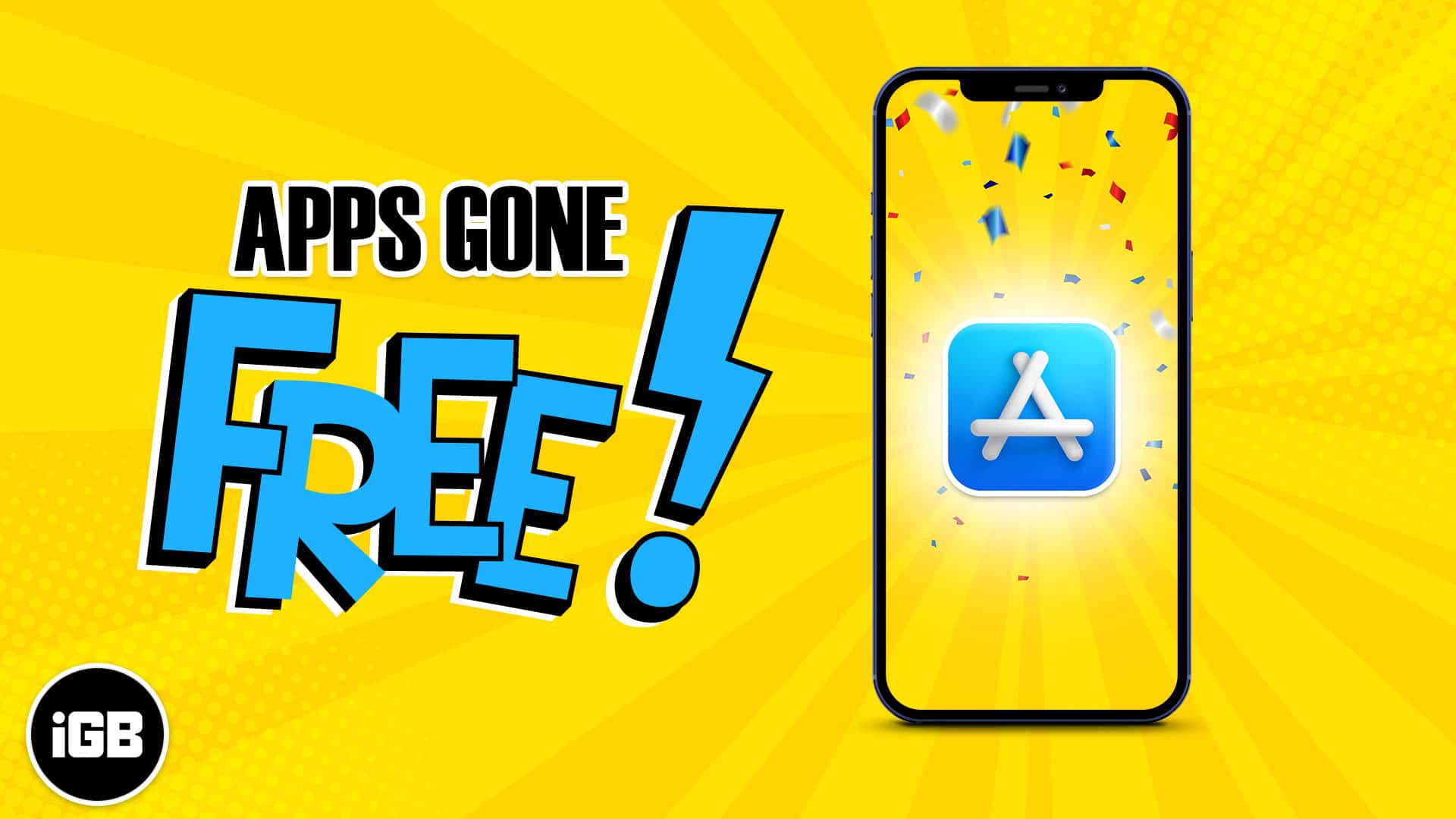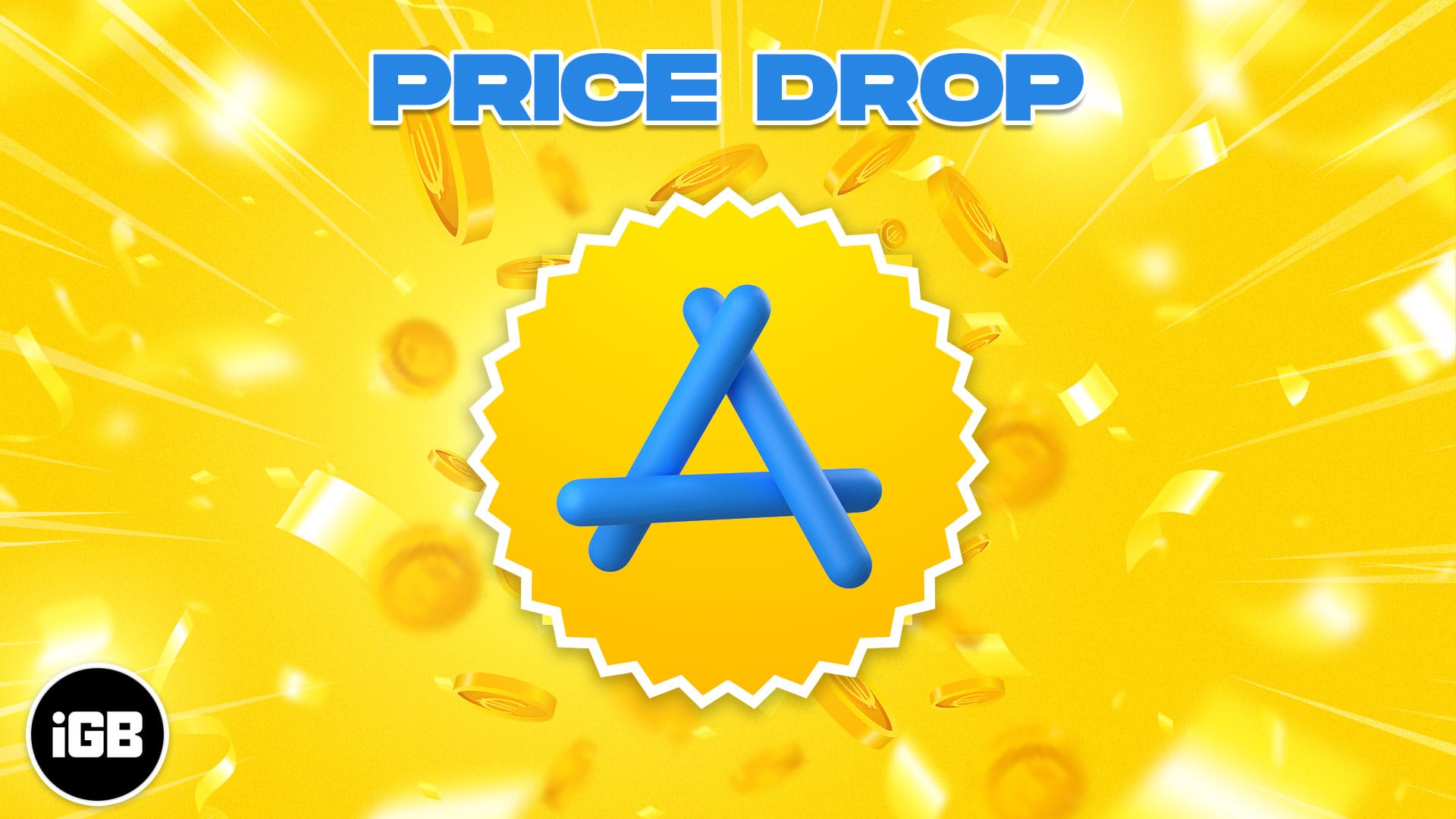Epic Games launched a legal battle against Apple after its most successful game, Fortnite, was removed from the iOS App Store in August 2020. What started as a small warning to consumers sparked international interests and finally, the court declared its verdict on September 9, 2021.
This high-profile Tim vs. Tim case has involved top executives for the trial run. So, before jumping to the verdict, let me simplify the case and help you learn everything about this epic legal battle!
Apple vs. Epic Games: What started the rift?
Since last year, the market leaders have been ensnared in a legal battle after Epic Games released a software update. The update allowed the players to avoid the 30% cut that Apple received with each purchase.
Tim Sweetney has always been vocal about Apple getting a higher cut and wanted to develop a scheme that either reduces the revenue or prevents Apple from charging any money.
Epic intentionally updated changes on August 13, 2020, with their most popular game Fortnite. The company offered V-bucks, the in-game currency, at a 20% reduced price if the customers purchased it directly from Epic.
This discount was not available if the purchase was made via storefronts. This sly move lets the players circumvent the App Store payment system, and within hours the aftermath was visible.
Apple did not welcome this move. So it decided to take advantage of its monopoly and bully Fornite out of the App Store.
This ban prevented 116 million of its 360 million player base from accessing updates to the game. This kickstarted what came to be known as the #freefortnite campaign and a legal battle across the maestros. The fight has a global impact with Epic Games lodging cases in the US, Australia, UK, and now European courts.
Understanding the case
In an interview with CNN Business, Sweeney mentioned that they took nearly seven months to plan the course of action under the codename “Project Liberty.” What Sweeney calls the biggest bet of his career as a digital revolution if Epic Games wins the case.
The company prepped itself with a 60-page lawsuit and a video that parodies the classic “1984” commercial.
The case may take months of trials to conclude, but the US trials are showing some progress. Judge Yvonne Gonzalez Rogers has bluntly denied Epic Games’ request to host Fornite on iOS pending trials. However, it has allowed Epic to keep its developed accounts for maintenance purposes.
Is the battle just about Fortnite?
This clearly isn’t just about Fornite. Epic Games has showcased its genius by picking up its best-selling game for the trial to force a response from the tech giant.
Tim Sweeney had questioned the need for digital storefronts 30% revenue cut as early as 2017. While these are the universal standard rates and widely accepted, Tim had his two cents on the topic. According to him,
“There’s an enormous investment in hardware, often sold below cost, and marketing campaigns in broad partnership with publishers, but did not extend to open platforms like mobile devices and personal computers. Part of the reasoning for creating the Epic Games Store was to demonstrate that Epic could operate at a lower revenue cut (12%).”
Why is Google silent?
Epic has raised a cold war against both the tech giants because of their large pay-cuts. Yes, this means a case was filed against Google as well.
The results; Fortnite was down from the App Store. However, it has failed to receive the media criticism that Apple is receiving. Google has been involved in its way and managed to stay pretty diplomatic about the matter.
It has made it easier for users to install third-party apps on Android with Android 12. Google has referred to its Android blog directly,
“This openness means that even if a developer and Google disagree on the business terms, the developer can still distribute on the Android platform. This is why Fortnite, for example, is available directly from Epic’s store or other app stores including Samsung’s Galaxy App store.”
Clever work, Google! Possibly the best example of keeping your friends close and enemies closer.
What does each party have to say?
Apple has stayed firm on its platform being fair since its inception. It has shown its disappointment over how Epic violated the law by updating the game without their permission. Apple said in a statement,
“Our senior executives look forward to sharing with the court the very positive impact the App Store has had on innovation, economies across the world, and the customer experience over the last 12 years. We feel confident the case will prove that Epic purposefully breached its agreement solely to increase its revenues, which is what resulted in their removal from the App Store, By doing that, Epic circumvented the security features of the App Store in a way that would lead to reduced competition and put consumers’ privacy and data security at tremendous risk.”
Epic Games is ready to set a battle, for it has been waiting for this moment for a long. I am sure about them having great preparations for their side. This test is going to be strong for them.

However, there is a lot at stake, and any decision can prove to be transformational.
When do the trials start?
The US court trials begin on May 3, 2021. The Australian, UK, and Europe-based trials are yet to have their dates announced. The proceedings were launched on November 2020, January 2021, and February 2021, respectively, against each region.
Given the complexities of the matter and a significant system change, we can expect the trials to continue throughout 2021 and towards 2022.
Is there an end to the battle?
Epic Games has managed to challenge the system by questioning the app store’s cut. What has been the standard format for a long, long time now cannot be changed overnight?
Expect these lawsuits to go on for a long time, but the changes will have a massive impact not just on Epic Games but also on all the apps on the iOS app store.
For now, iPhone users will have to wait a little longer for the rain to come. And I shall keep you updated about further developments.
The final verdict: A win-win or lose-lose?
Judge Yvonne Gonzalez Rogers, in the September 10 publication, declared a verdict that majorly handed out the victory to Apple. However, there were takeaways for both the parties involved.
The judge declared that Apple must allow developers to include alternate payment links, call to action, and external links in the App Store. This was the only aspect where Epic Games won. Moreover, Apple has 90 days to comply with the order.
However, Apple won in breach of contract clauses. Epic Games is required to pay compensation of 30% of the $12 million it earned in revenue from the App Store to Apple for damages. The judge emphasized how Epic Games failed to provide sufficient evidence to prove Apple’s monopoly.
What about Epic’s request for account reinstatement?
On September 9, 2021, Epic claimed that it had asked Apple to reinstate its developer’s account as the company was planning to re-release Fortnite on iOS South Korea. This came after the South Korean government voted to compel Apple and Google into setting up alternative payment mechanisms.
However, Apple refused to instate the Epic Games account, saying that the company didn’t accept the conditions set up for developers and breached its contract. Hence, there’s no basis to activate their account. The judge accepted Apple’s statement and said that Apple had the right to terminate any or all of Epic Games accounts from the App Store.
For users interested in learning how to play Fortnite on iPhone and iPad, the ongoing dispute between Apple and Epic Games has implications on the availability of Fortnite on the App Store. The situation may impact the traditional methods of accessing and playing Fortnite on these Apple devices.
What are your thoughts about the judgment and who do you think should have won? Share in the comments below.









Leave a Reply